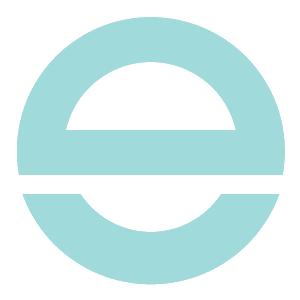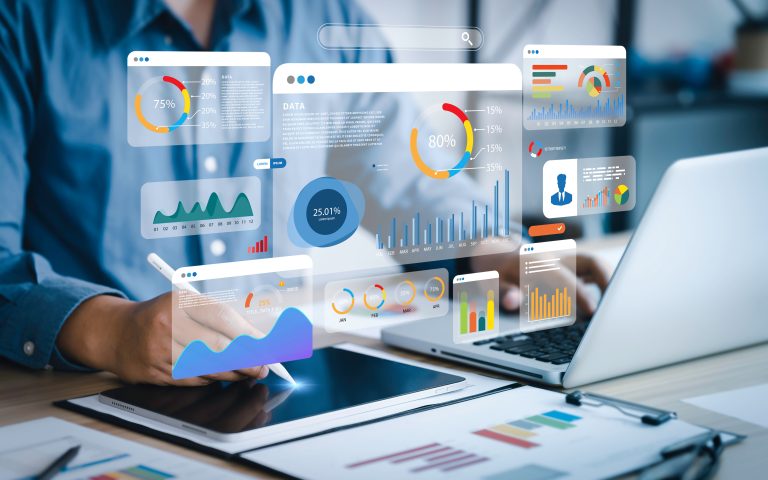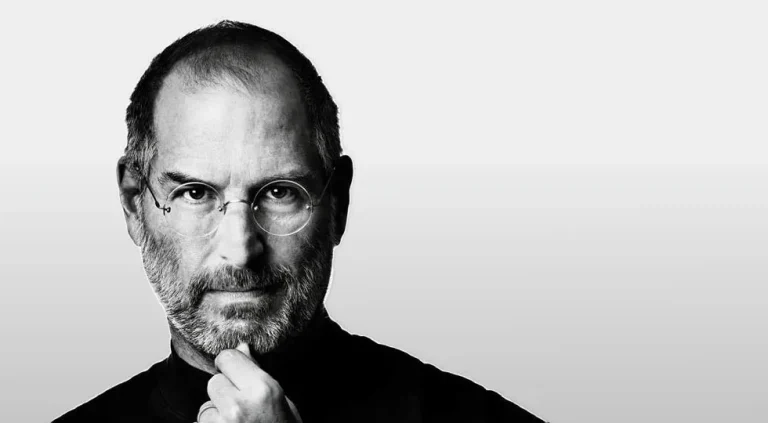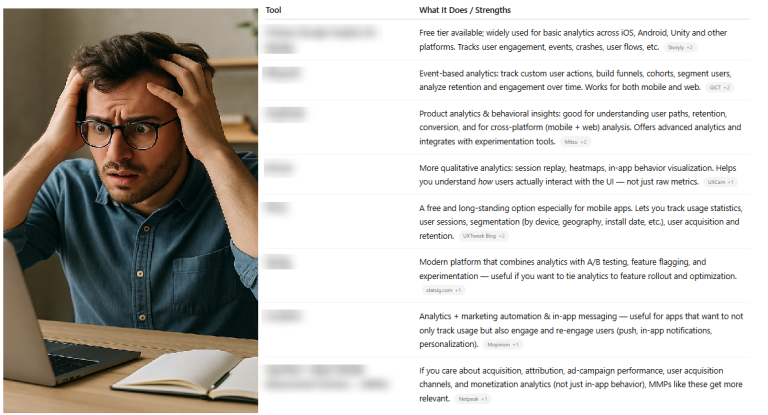
What is SaaS Fatigue?
SaaS fatigue is the growing sense of overwhelm and indifference consumers and businesses feel toward the endless wave of software-as-a-service products flooding the market. Every day, we’re bombarded with companies asking us to sign up, book a demo, download an app, attend a webinar, watch a video, read a whitepaper, or start a free trial.
But the truth is—we’re tired.
- Tired of filling out forms
- Tired of calendar links
- Tired of being sold to
There are now thousands of tools claiming to solve every niche problem, automate every task, and optimize every corner of our workflows. And while innovation is a good thing, the noise is deafening. Features blur together. Promises sound the same. Differentiation becomes harder and harder to see.
Buyers are no longer eager—they’re skeptical. And that skepticism isn’t just about the product; it’s about the effort required to evaluate, learn, and integrate yet another tool.
SaaS fatigue is what happens when the supply of solutions outpaces the emotional and cognitive capacity of the market to care.
We've Already Reached Near Peak SaaS Fatigue
We’ve already reached near peak SaaS fatigue.
There are too many companies trying to solve every pain point imaginable, big and small.
Each category has dozens of worthy competitors, all with strong value props, reviews, features, etc.
All of them vying for your already divided attention…
All trying to get you to click, book, download, signup, attend, watch…
…and trying to claim a small piece of your dwindling budget.
But… it’s going to get much harder for businesses to raise money, gain awareness, and traction.
Once AI gets strong enough to create MVPs (or better) within days, hours, or minutes. The market will be flooded with every hairbrained idea imaginable.
What does that mean for sales and marketing teams, for capital investment, for consumers?
You’ll have AI sourcing the best tools for your company (because you can’t possibly keep up and deal with them all)..
You’ll have AI recommending tools to companies through ad creation and management, channel optimization, budgeting, automation, etc.
And AI using the tools because let’s face it, they are 1,000 smarter and more profficient than any human for most things.
So where does that leave you and other people who need to earn a living?
2. The “You Can’t Afford This” Snub
There will be fewer winners, and more noise. The bar for attention, value, and trust is about to skyrocket.
AI can build faster than you, sell smarter than you, and operate more efficiently than you—it’s not just products that will need to stand out. People will. The human layer becomes the differentiator.
1. Mediocrity will die quickly.
Products that are “good enough” will no longer cut it. In the past, you could raise money with a slick pitch deck and ride a niche. Not anymore. If an AI can build it in a weekend, investors and users won’t care unless it’s remarkable, brand-driven, or solves something real and urgent.
2. Distribution is everything.
Building the product becomes easier; getting it noticed becomes harder. Those who own attention, build trust, and create affinity with audiences will win—regardless of whether their product is the most technically superior. Brand, storytelling, community, and media are no longer nice-to-haves. They’re core infrastructure.
3. People will pay for feeling something.
In a sea of sameness, emotion becomes currency. SaaS companies that feel like brands—who speak with personality, who make people feel inspired, understood, or empowered—will stand out. Cold, generic, overly optimized content won’t move anyone. People don’t want more tools; they want more meaning.
4. Work becomes more creative and more human—or it disappears.
As AI handles more of the logic, the repetitive, the analytical—human work shifts to intuition, taste, storytelling, connection, ethics, empathy. In this future, your unique perspective becomes your moat. Taste becomes a skill. Judgment becomes leverage.
5. It’s not about what you build—it’s who you build it for.
Narrow, underserved communities will matter more than ever. Generic SaaS for “everyone” will get drowned out. But SaaS for Latino gym owners, or neurodivergent students, or independent e-commerce stores selling physical books? That stands a chance. The more precisely you can align with a real, specific group of humans, the more defensible you become.
Casey Neistat is a Master Storyteller
Continue Reading: Casey Neistat is a Master Storyteller
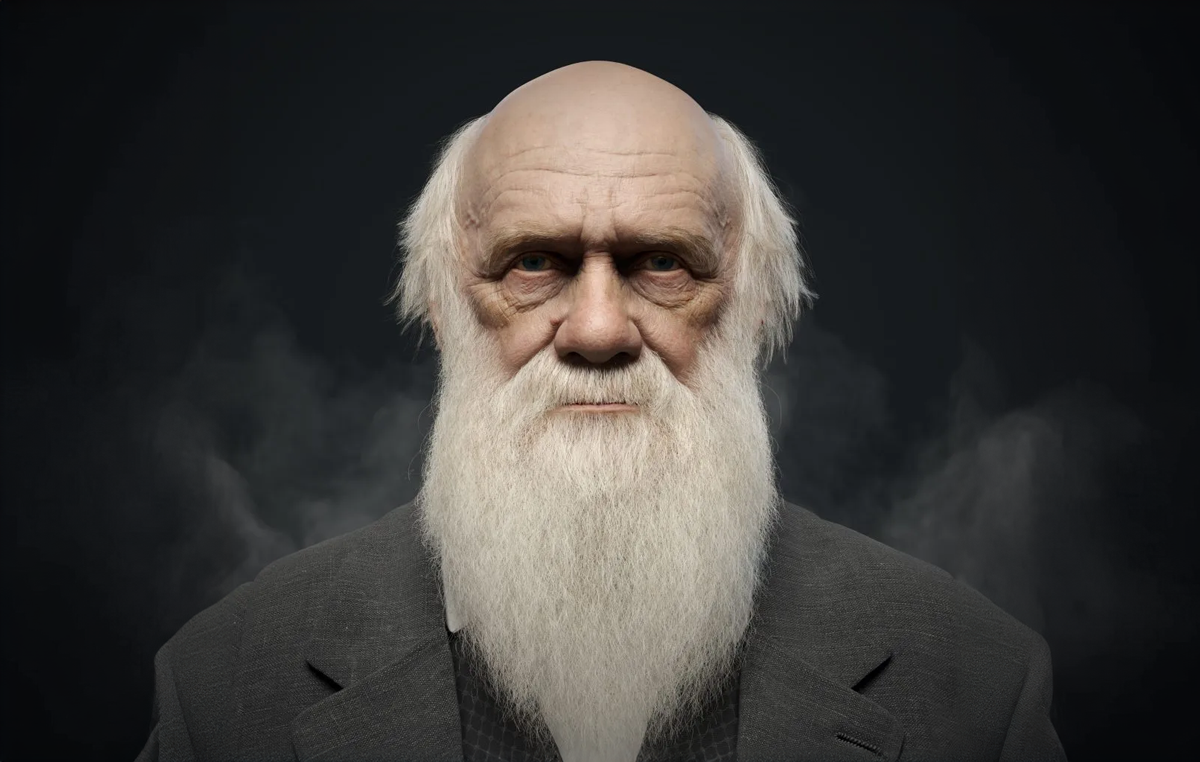
Continue Reading: Adapt or Die: Your Company is Either Growing or Dying
- Related post: The T-Shirt Theory of Branding
- Related post: The Power of Branding: John’s Family Premium Organic Garlic
- Related post: Why You Don’t Want to Run a Business that Relies Solely on Ads
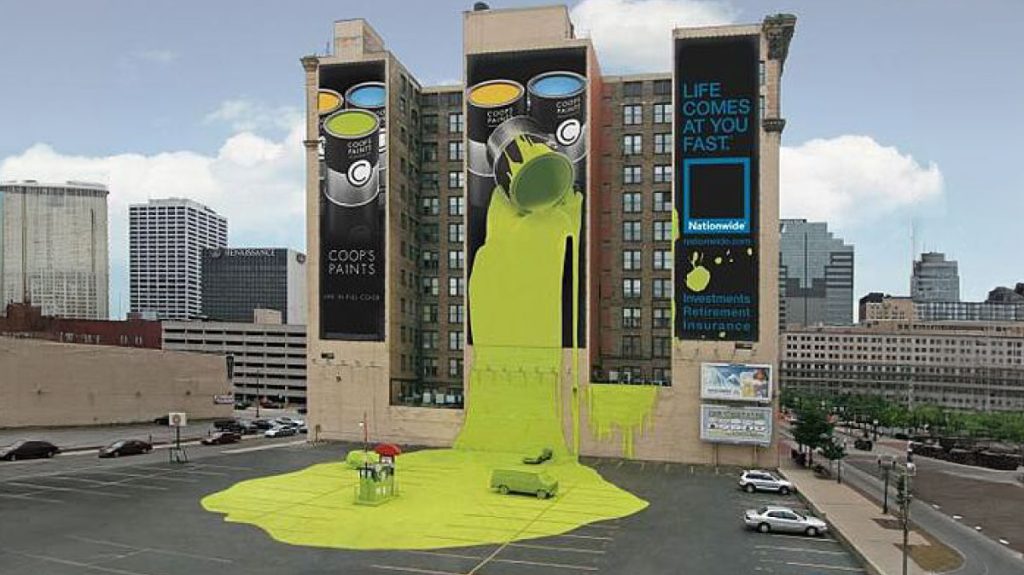
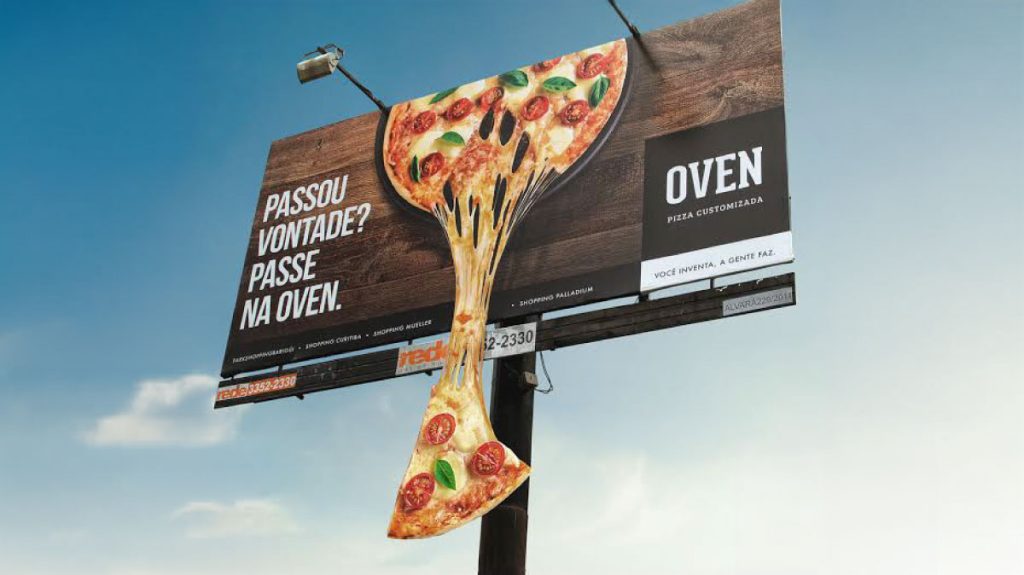
Continue reading: What’s the ROI of a Billboard
